Welcome to Ichii Laboratory!
Information
Our group is looking for new members who would like to do research in our laboratory (graduate students, research students, etc.) or support research such as data analysis (undergraduate to graduate students). We are also happy to accept JSPS PostDoc researchers. If you are interested, please contact us by e-mail.
我々のグループでは、本研究室で研究をしてみたい(大学院生、研究生など)、データ解析など研究のお手伝いをしてみたい(学部生~大学院生他)などの方々を広く募集しています。学振PDなどの受入も大歓迎です。興味があれば、連絡(メール)下さい。
2025/5/13
本研究室に大学院進学を志望される皆さまへ(志望される場合、必ず訪問・面談をお願いします):
2026年4月入学(修士・博士)・2025年10月入学(博士のみ)を希望する志願者の皆様向けの個別の研究室訪問を歓迎します。
また、本研究室が所属する 千葉大学 大学院 融合理工学府 地球環境科学専攻 リモートセンシングコースでは、2026年4月入学(修士・博士)・2025年10月入学(博士のみ)を希望する志願者の皆様向けのコース・入試説明会を開催しており、その際での面談も歓迎します。
コース・入試説明会
日時:2025/05/24 (土) 13:00-
詳細:https://ceres.chiba-u.jp/5307/
メール:ichii [@] chiba-u.jp
News
Latest News !
Ongoing project web
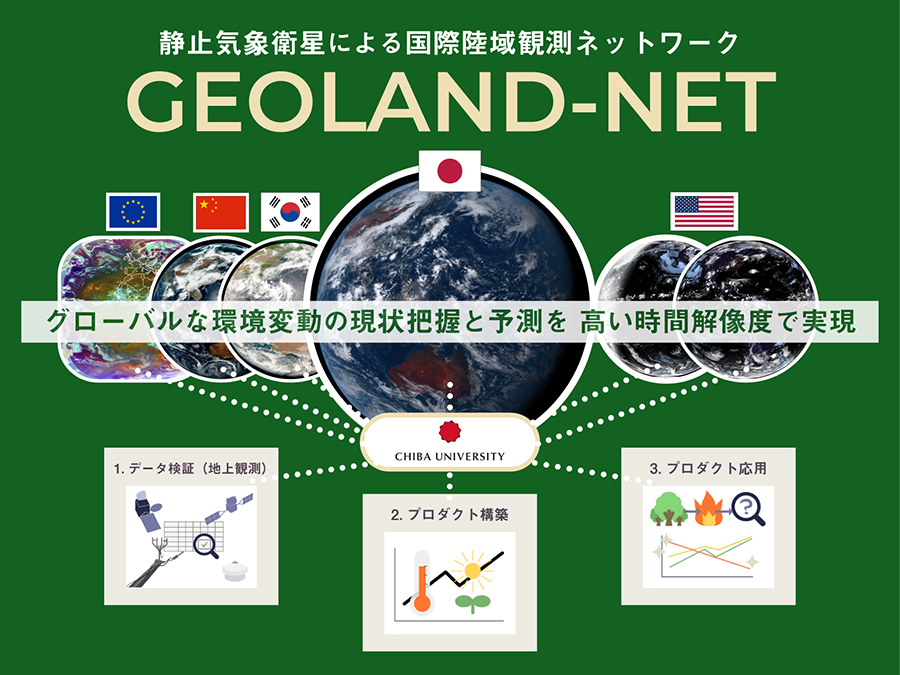
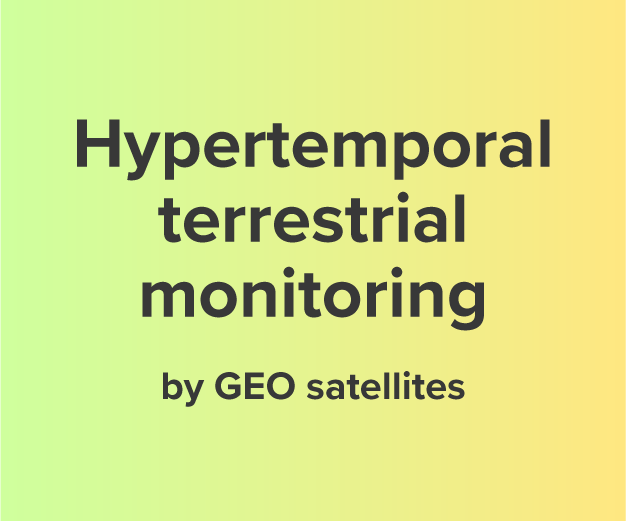

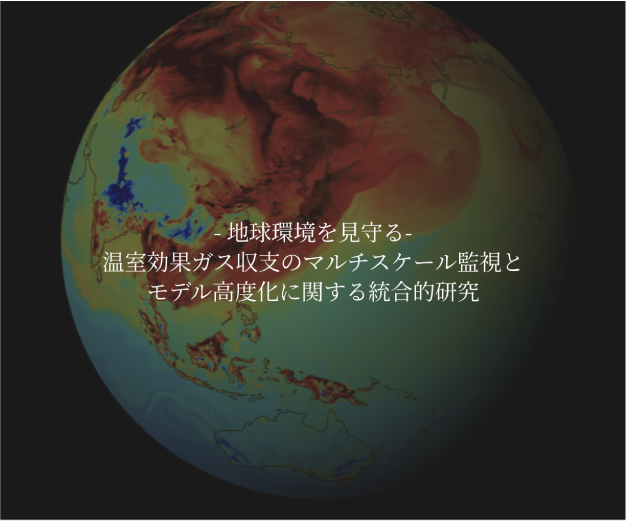
Research
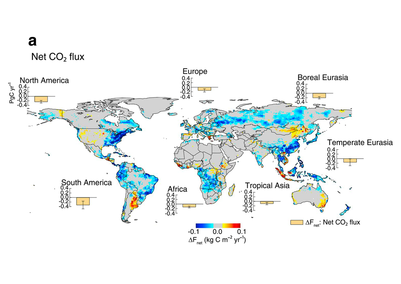
Understandings of Terrestrial CO2 Budget Changes at Global Scales by Synthesis
Using bottom-up approach (e.g ecosystem models) and top-down approaches (e.g. atmospheric inversions), we are working on quantification of terrestrial CO2 budget at various scales (e.g. global, southeast Asia, Asia). These works can become a contribution to global projects such as Future Earth. [Kondo et al. 2018 Nature Comm.; Kondo et al. 2018 GRL; Ichii et al. 2013].
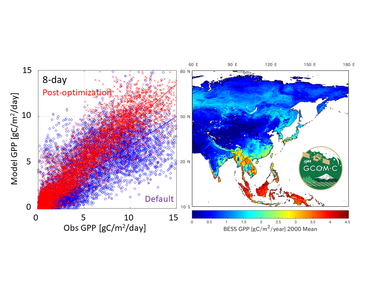
Development of a Terrestrial CO2 Flux Product for GCOM-C SGLI Sensor
Using a diagnostic terrestrial biosphere model, AsiaFlux/FLUXNET observation network data, our group is developing a terrestrial CO2 flux (GPP, NPP, NEP) product for GCOM-C SGLI sensor (JAXA’s satellite). Our product will be an official research products and released to public.
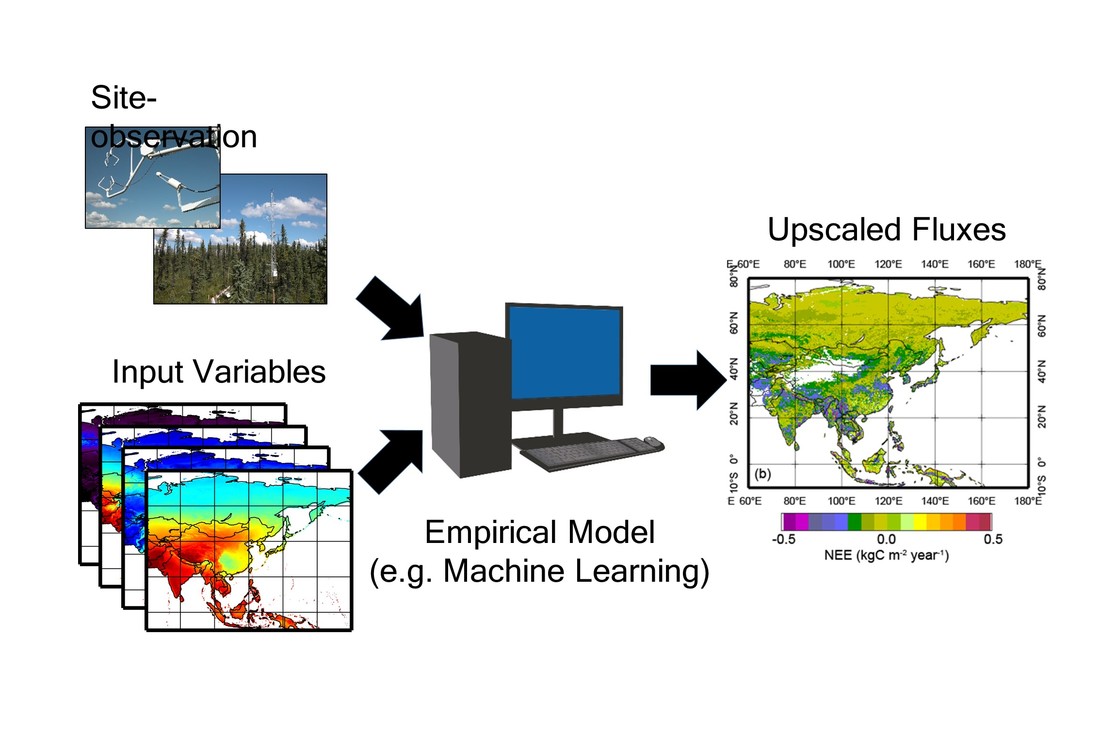
Data-driven estimation of terrestrial CO2 fluxes
Using FLUXNET/AsiaFlux data, satellite remote sensing data and machine learning technique, we estimate spatial and temporal variation of terrestrial CO2-Energy-H2O fluxes at regional to global scales [Ichii et al. 2017; Kondo et al. 2015; Ueyama et al. 2013; 2014; Saigusa et al. 2010].
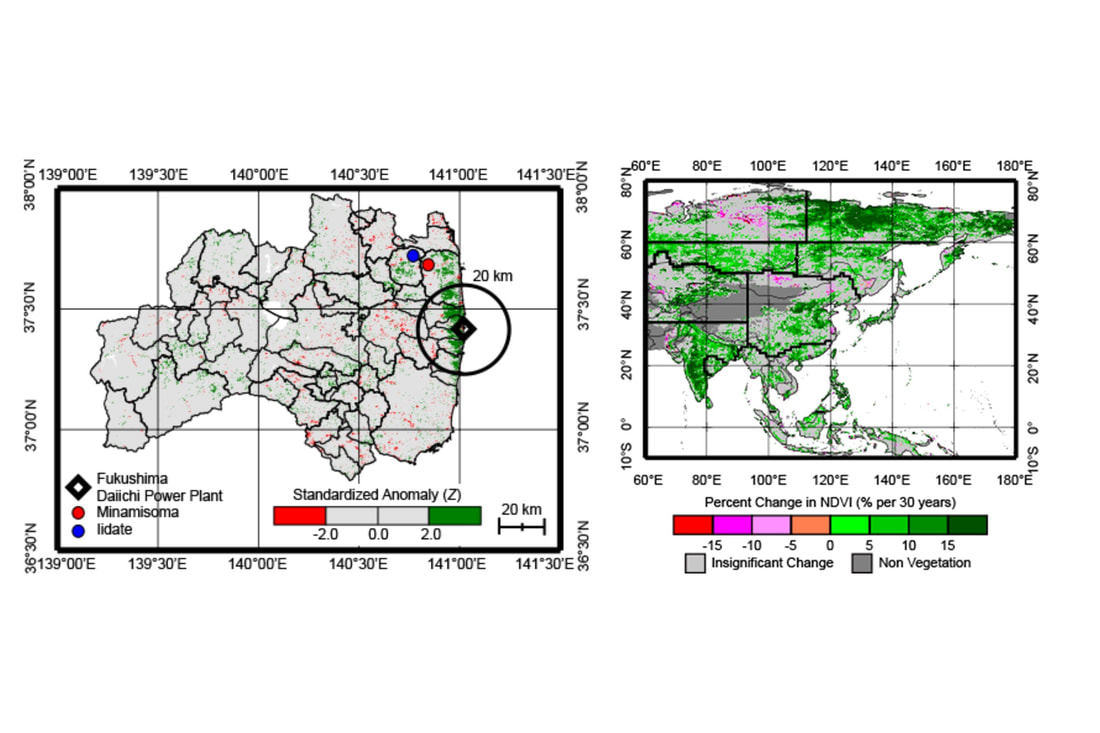
Satellite-based Monitoring of Vegetation Changes from Regional to Continental Scale
Using long-term data of satellite remote sensing, we analyzed and detected vegetation and land cover changes from regional to global scales [e.g. Sekizawa et al. 2015; Ichii et al. 2013; Ichii et al. 2002; Kawabata et al. 2001].
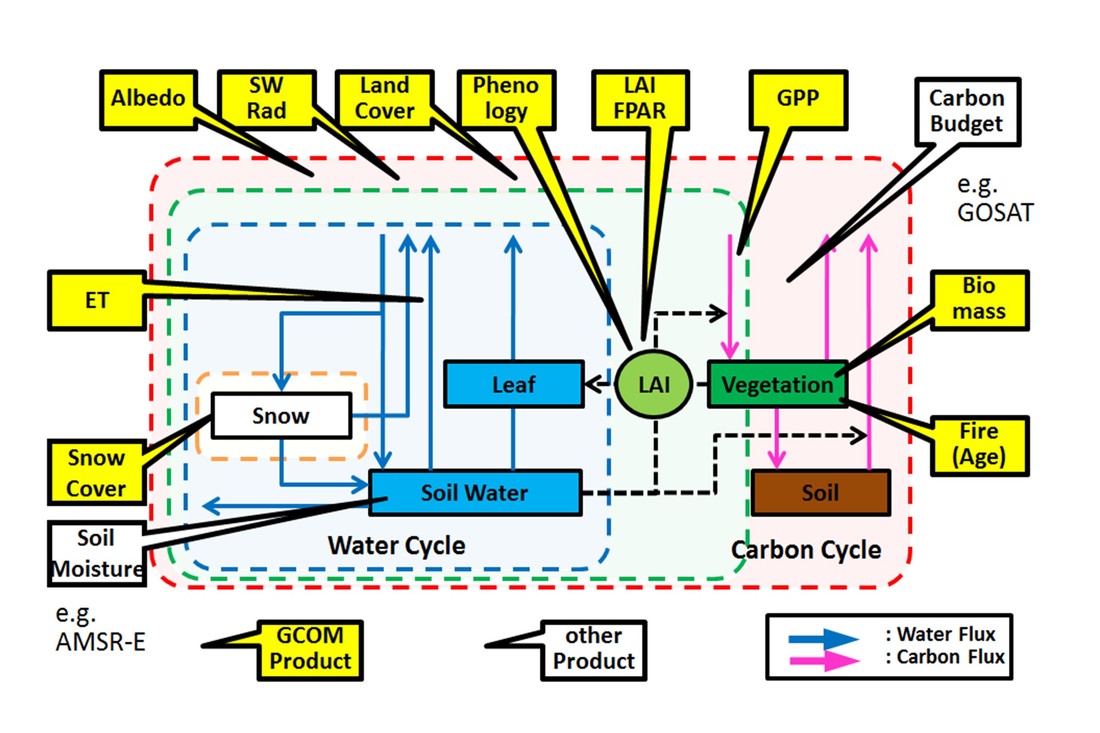
Data-Model Integration toward refinement of terrestrial ecosystem models
By integrating satellite data into terrestrial ecosystem model, we estimated unknown ecosystem parameters and successfully improved models. [Kondo et al. 2017; Ichii et al. 2007, 2009].
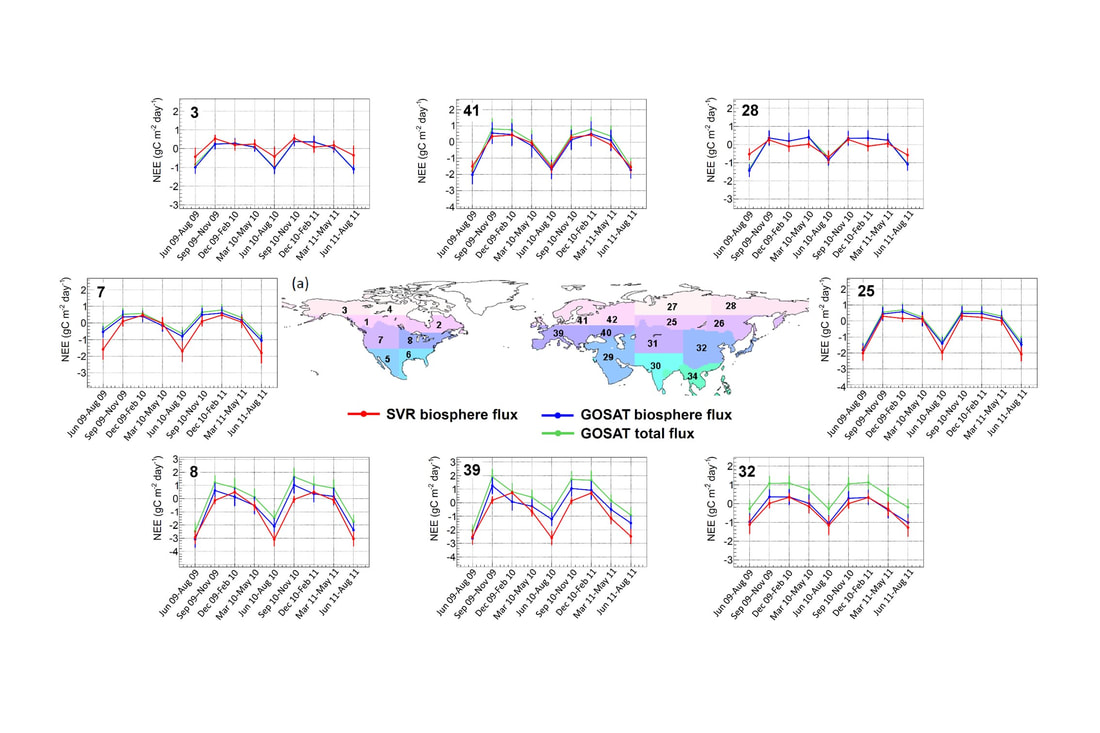
Top-down and Bottom-up Synthesis toward Better Understandings of Global Carbon Cycle
We are working on synthesis of multiple independent estimations of terrestrial CO2 fluxes. Estimations include top-down approach (atmospheric inversion model) and bottom-up approach (process-based model, data-driven model, satellite products). [Kondo et al. 2015; Ichii et al. 2017].
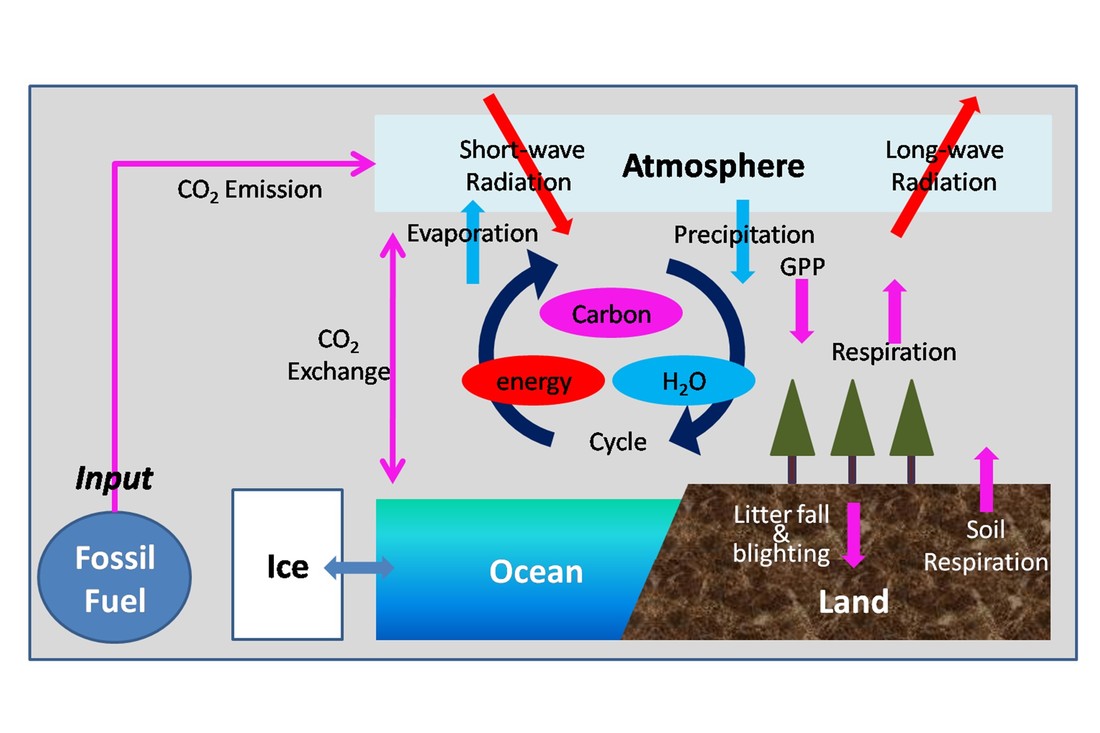
Earth System Modeling
We demonstrated that future projection of CO2 budget and climate might change if terrestrial carbon cycle model was improved using FLUXNET data. [Suzuki and Ichii, 2010]. We are also working on evaluating ESMs using available RS observation datasets.
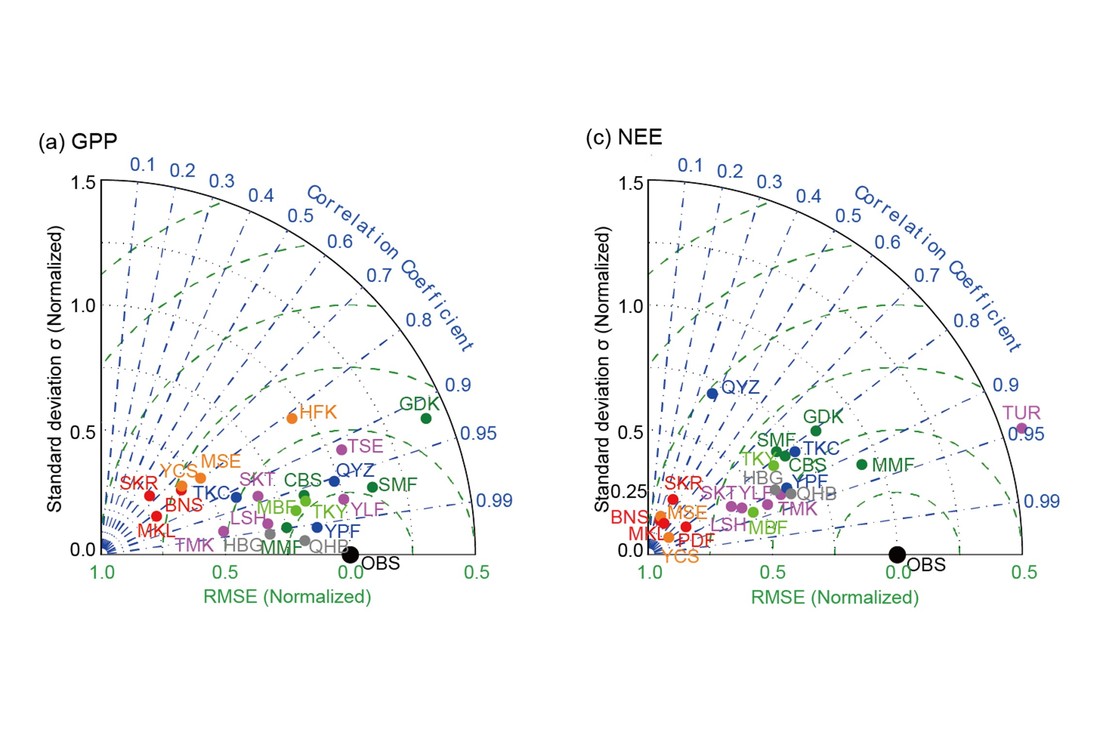
Model-data intercomparison in Asia etc.
We conducted model-data intercomparison project (Asia-MIP, CarboEastAsia-MIP, and Japan-MIP) to test current model performance using multiple models and observation data [Ichii et al. 2013; Ichii et al. 2010].
